Description
Ethylene Glycol: A Common Chemical with a Dark Side
Ethylene glycol (EG), a seemingly innocuous chemical compound, plays a significant role in various industrial and consumer applications. However, its inherent toxicity, particularly when ingested, casts a dark shadow over its widespread use. This article will explore the properties, applications, potential dangers, and safety precautions associated with ethylene glycol.
What is Ethylene Glycol?
Ethylene glycol is a colorless, odorless, viscous liquid with a sweet taste. Chemically, it’s an organic compound belonging to the alcohol family, specifically a diol (containing two hydroxyl groups). Its chemical formula is (CH₂OH)₂. EG is highly soluble in water and many organic solvents.
Applications of Ethylene Glycol:
Ethylene glycol’s versatility makes it a vital component in numerous industries:
- Antifreeze and Coolant: This is arguably its most well-known application. EG’s low freezing point and high boiling point make it an ideal ingredient in antifreeze for automotive radiators and cooling systems. It prevents water from freezing in cold temperatures and boiling over in hot weather.
- Production of Polyester Fibers: EG is a key building block in the production of polyethylene terephthalate (PET), the primary material for polyester fibers used in textiles, clothing, and plastic bottles.
- Solvent and Chemical Intermediate: EG is used as a solvent in paints, inks, and other industrial applications. It also serves as an intermediate in the synthesis of various chemical products, including resins, de-icing fluids, and hydraulic brake fluids.
- Dehydrating Agent: Due to its hygroscopic properties (ability to absorb moisture from the air), EG is used as a dehydrating agent in natural gas processing and other industrial processes.
- Heat Transfer Fluid: In some HVAC systems and other applications, EG-based solutions are used as heat transfer fluids.
The Danger Lurking Within: Toxicity and Poisoning
Despite its diverse applications, ethylene glycol is a highly toxic substance. Ingestion, even in small quantities, can be fatal. EG poisoning occurs when it is metabolized by the liver, producing toxic metabolites such as glycolic acid and oxalic acid. These metabolites cause:
- Central Nervous System (CNS) Depression: Initial symptoms often resemble alcohol intoxication, including slurred speech, dizziness, and confusion. This can rapidly progress to coma and respiratory failure.
- Cardiopulmonary Effects: EG poisoning can lead to heart failure, pulmonary edema (fluid buildup in the lungs), and arrhythmias (irregular heartbeats).
- Kidney Damage: The most characteristic and devastating effect is acute kidney injury, caused by the precipitation of calcium oxalate crystals in the kidneys. This can lead to permanent kidney damage and the need for dialysis.
Symptoms of Ethylene Glycol Poisoning:
The symptoms of EG poisoning typically occur in stages:
- Stage 1 (30 minutes – 12 hours): Initial symptoms resemble alcohol intoxication, including slurred speech, nausea, vomiting, and headache.
- Stage 2 (12 – 24 hours): Cardiopulmonary symptoms such as rapid breathing, elevated heart rate, and high blood pressure become apparent.
- Stage 3 (24 – 72 hours): Kidney failure develops, leading to decreased urine output, flank pain, and elevated creatinine levels in the blood.
Treatment of Ethylene Glycol Poisoning:
Prompt medical intervention is crucial for survival. Treatment typically involves:
- Stabilization: Addressing immediate life-threatening issues such as respiratory failure and cardiac arrhythmias.
- Gastric Lavage and Activated Charcoal: To remove any unabsorbed EG from the stomach. (Effectiveness questionable after a short time after ingestion.)
- Antidotes:
- Fomepizole: This drug inhibits the enzyme alcohol dehydrogenase, preventing the metabolism of EG into its toxic metabolites.
- Ethanol: Historically used, ethanol competes with EG for the same enzyme, slowing down the formation of toxic metabolites. This is less preferred than Fomepizole due to its side effects and the need for careful monitoring.
- Hemodialysis: A procedure that removes EG and its toxic metabolites from the blood, especially important in cases of kidney failure.
- Supportive Care: Managing symptoms and providing supportive care, such as intravenous fluids and respiratory support.
Prevention and Safety Precautions:
Given the dangers of ethylene glycol, strict safety precautions are essential:
- Proper Labeling and Storage: EG should be clearly labeled and stored in secure, child-proof containers, away from food and beverages.
- Education and Awareness: Educate individuals, particularly those working with EG, about the hazards and appropriate handling procedures.
- Spill Control: Immediately clean up any spills using appropriate absorbent materials and dispose of them properly.
- Pet Safety: Ethylene glycol’s sweet taste can be attractive to animals. Preventing access to EG-containing products is crucial to protect pets. Clean up spills immediately and store antifreeze safely.
- Reporting Suspected Exposure: If you suspect someone has ingested ethylene glycol, seek immediate medical attention.
Conclusion:
Ethylene glycol is a widely used chemical with important industrial and consumer applications. However, its inherent toxicity poses a significant risk, particularly if ingested. Understanding the dangers, recognizing the symptoms of poisoning, and implementing strict safety precautions are essential to prevent tragic outcomes. Promoting awareness and responsible handling practices can help ensure the safe use of this valuable, yet potentially deadly, chemical.


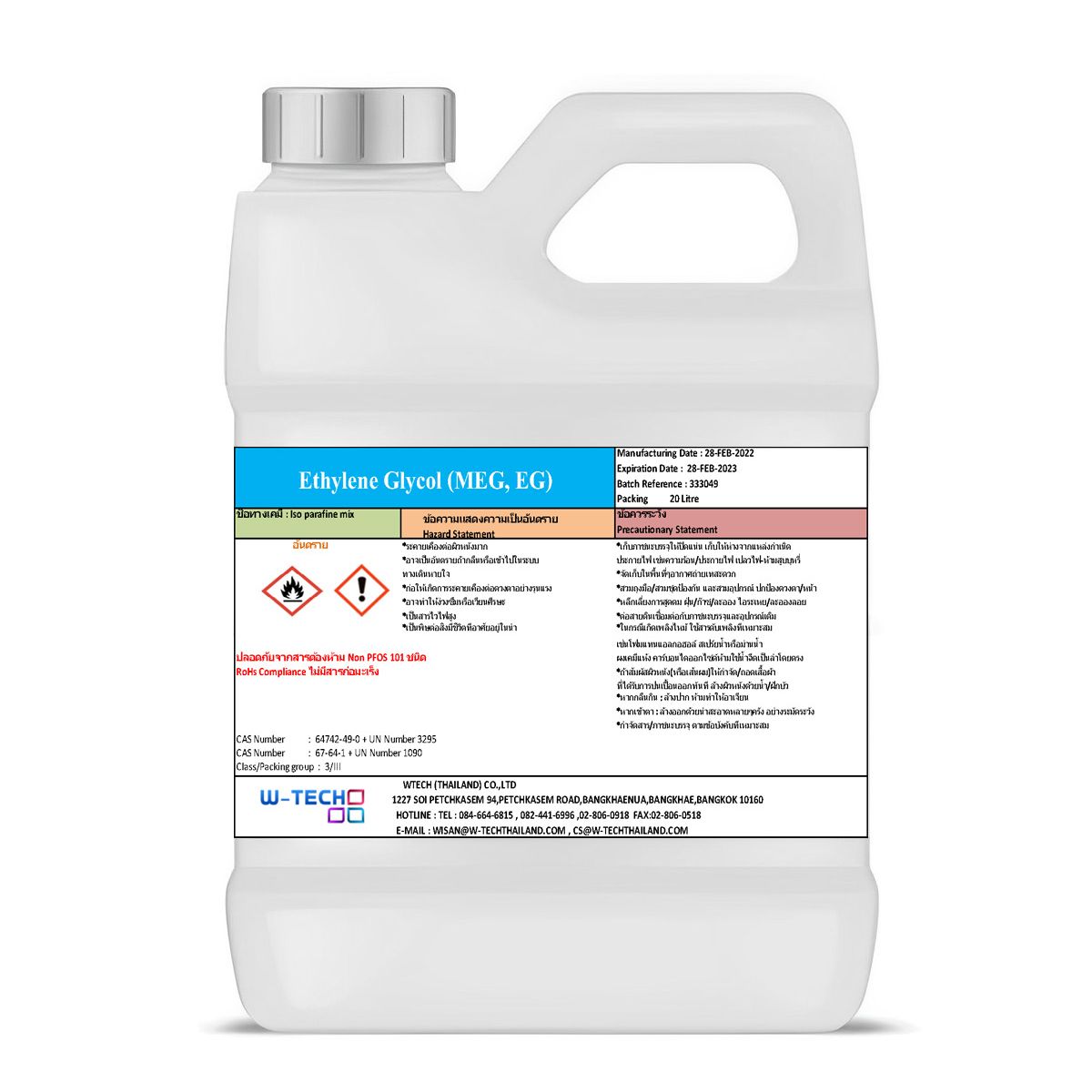
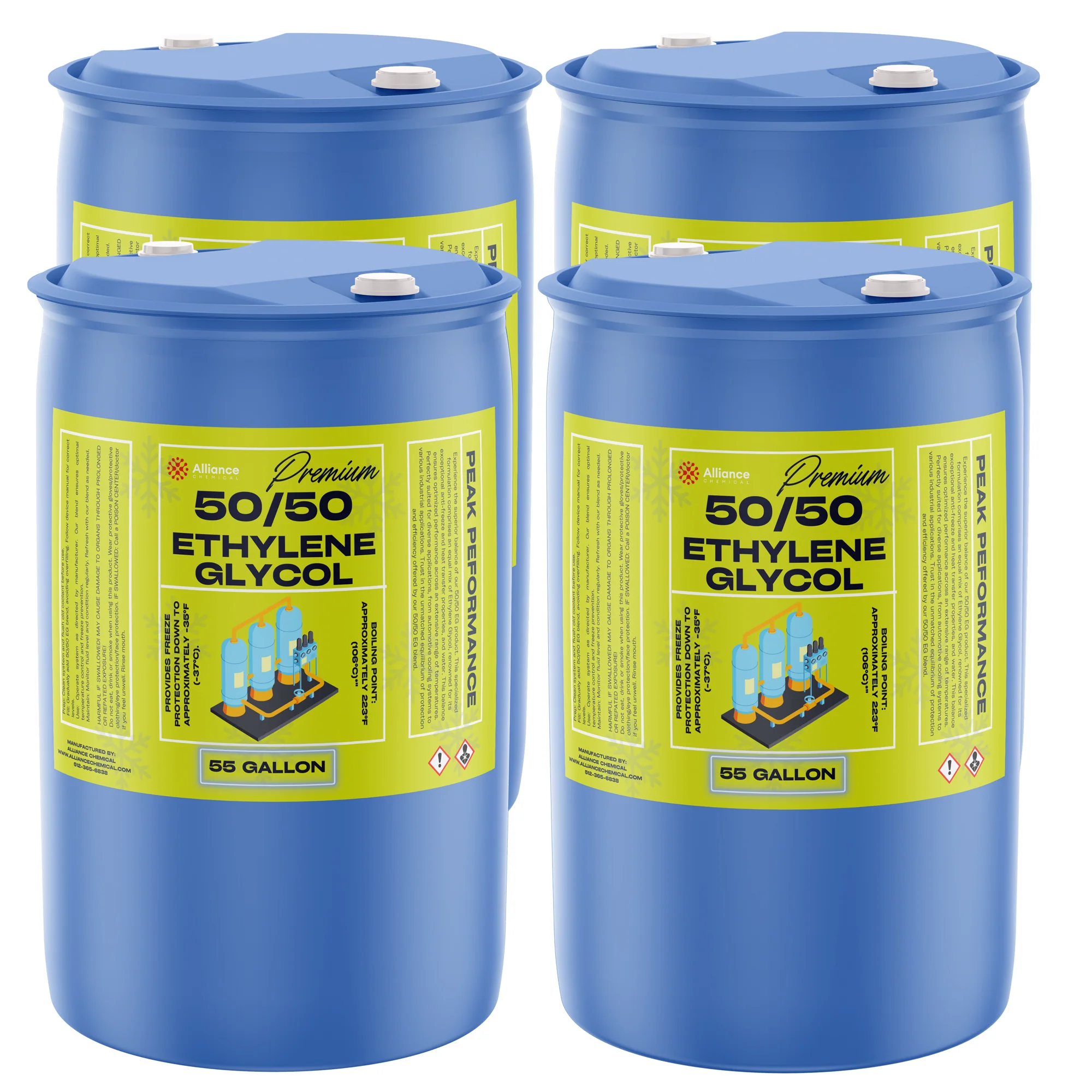
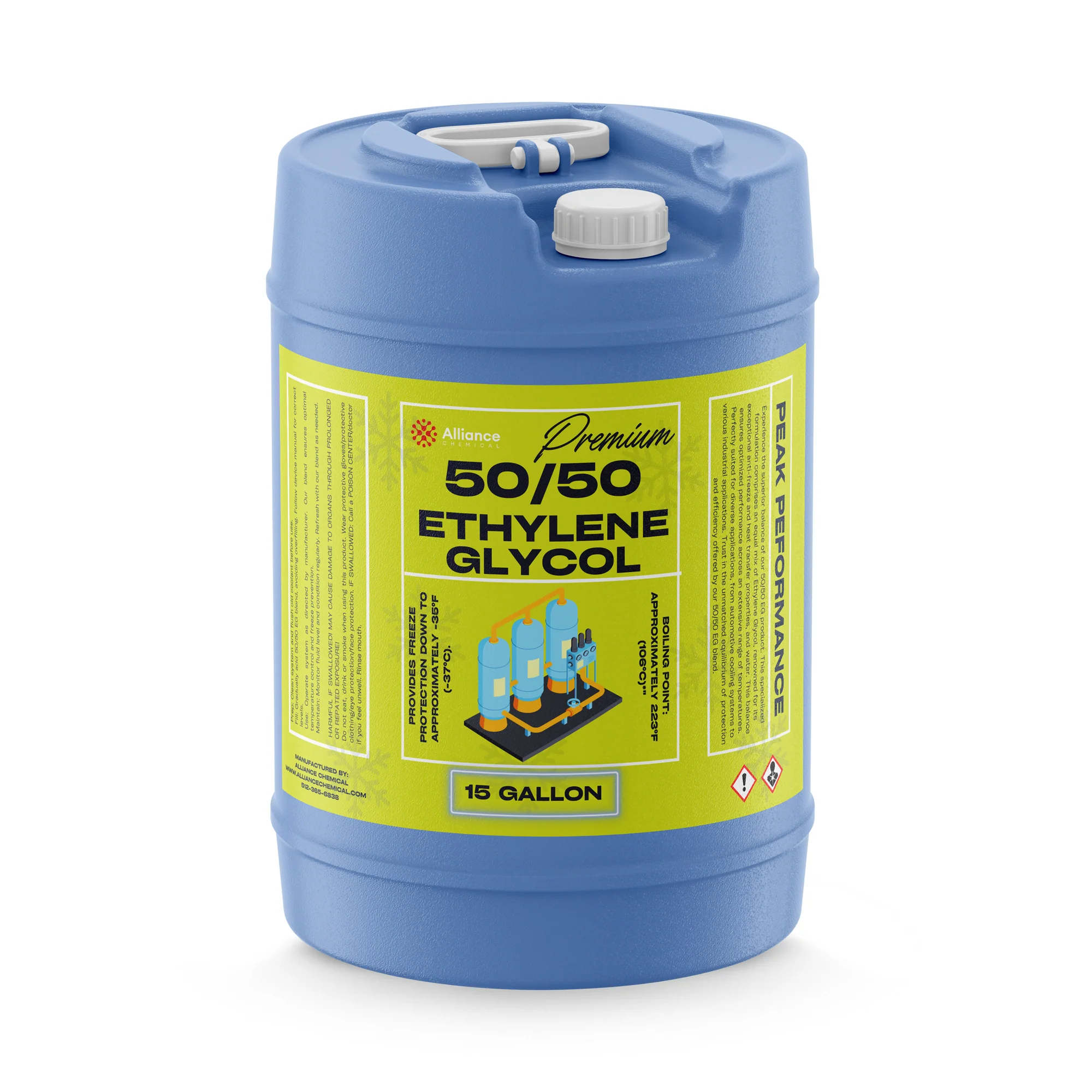
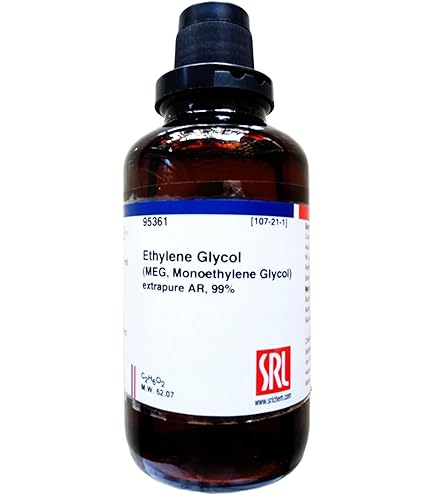
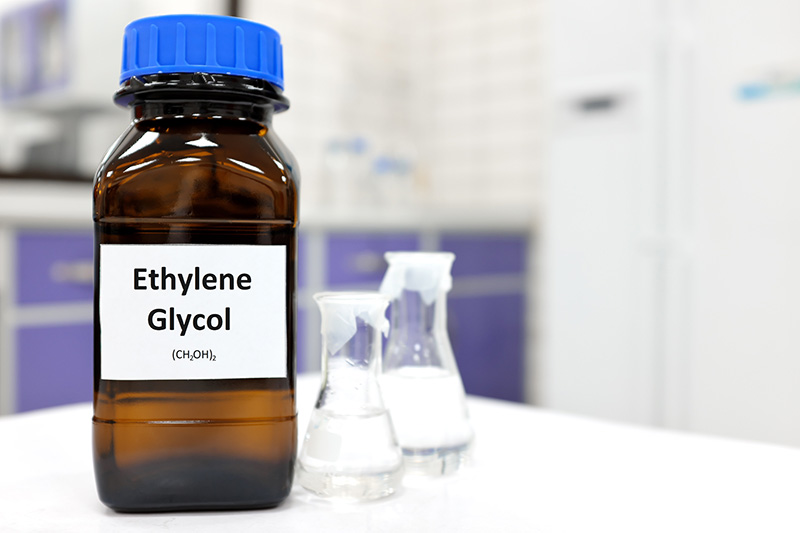
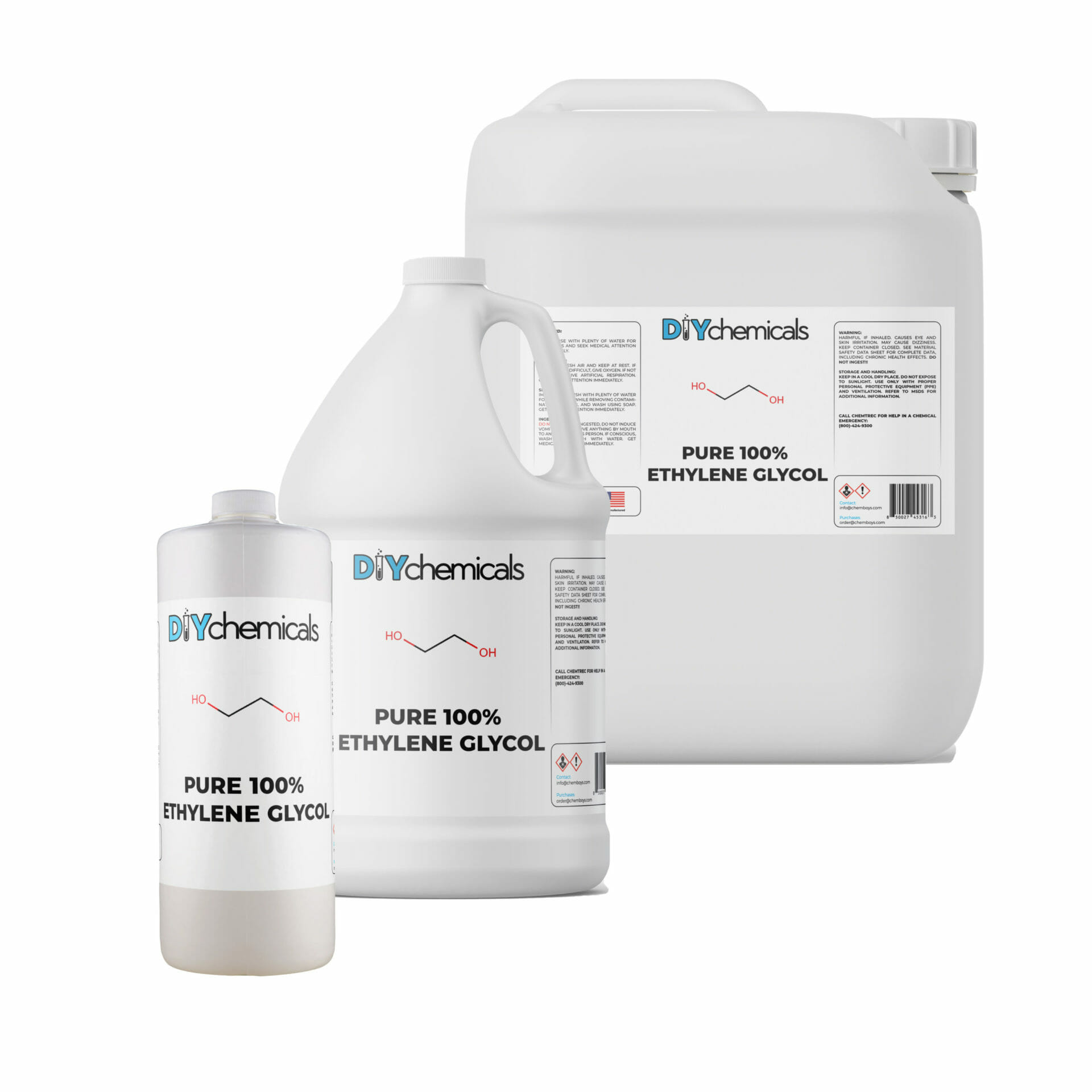
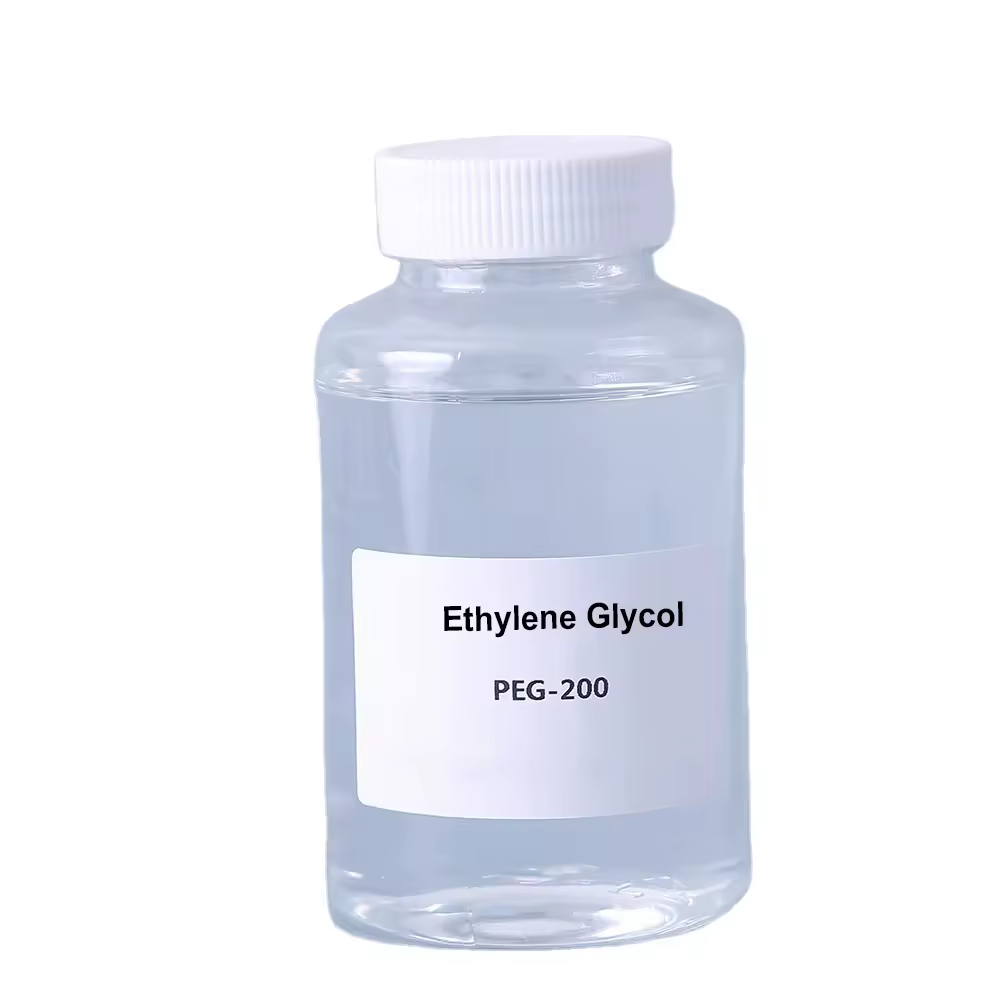



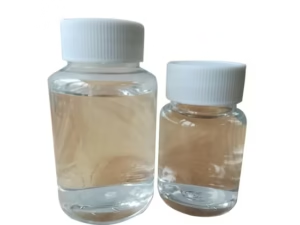

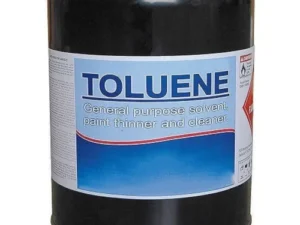
Reviews
There are no reviews yet.